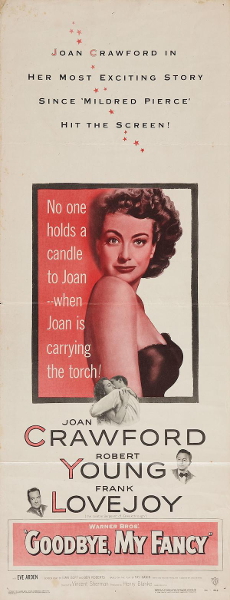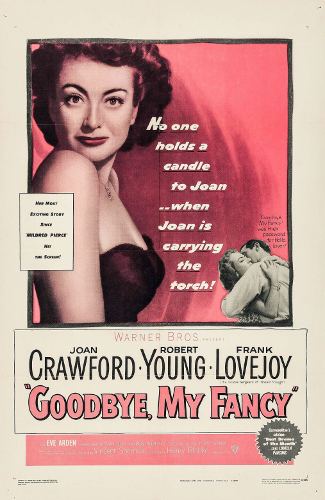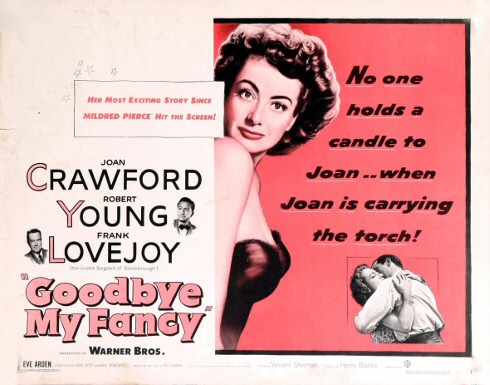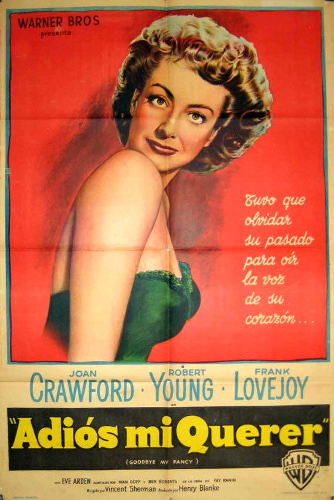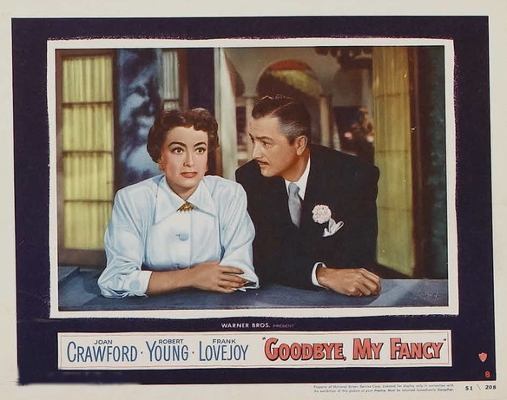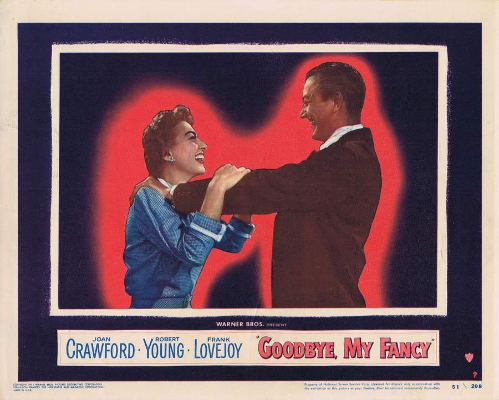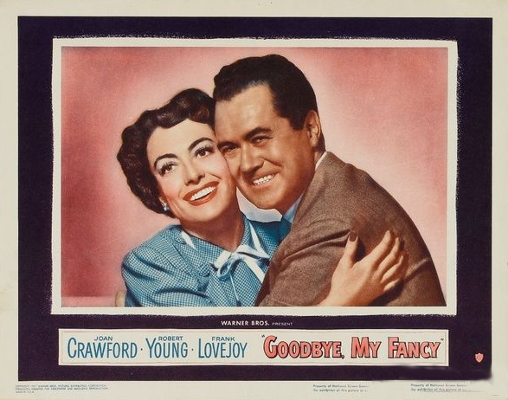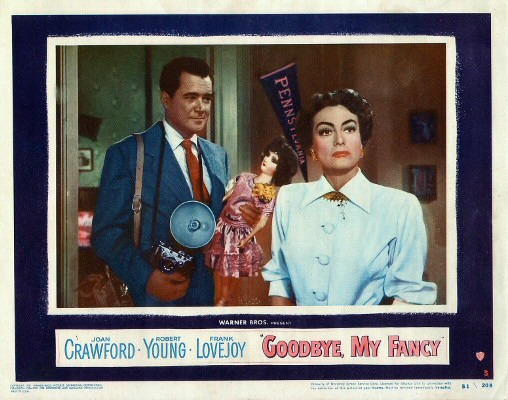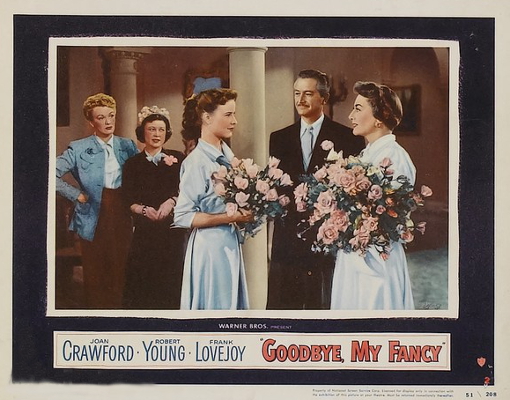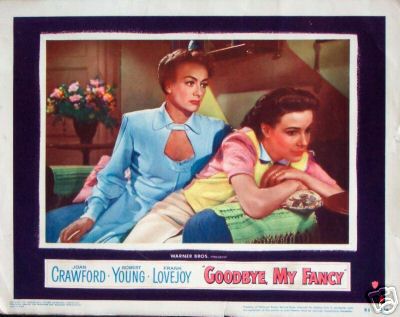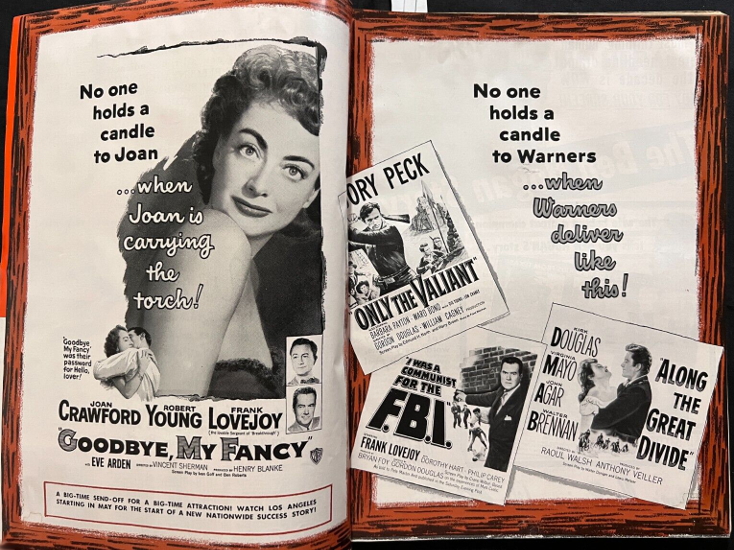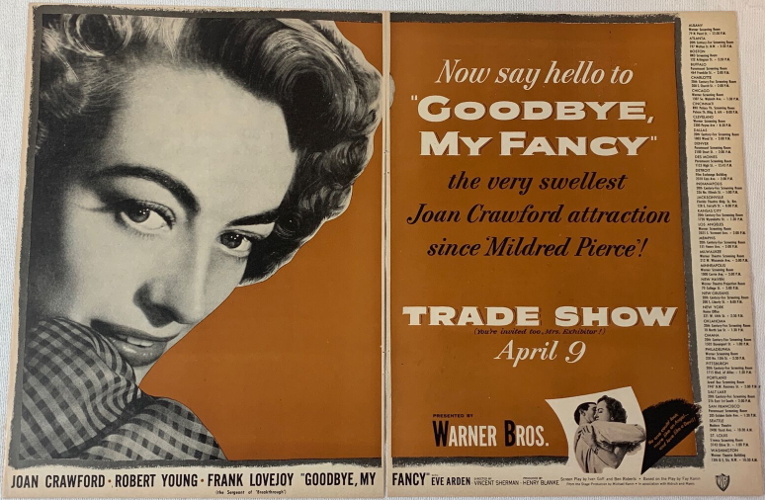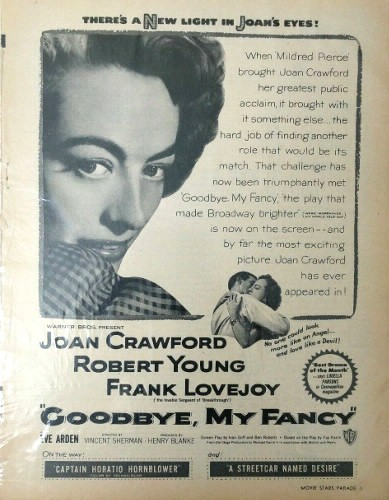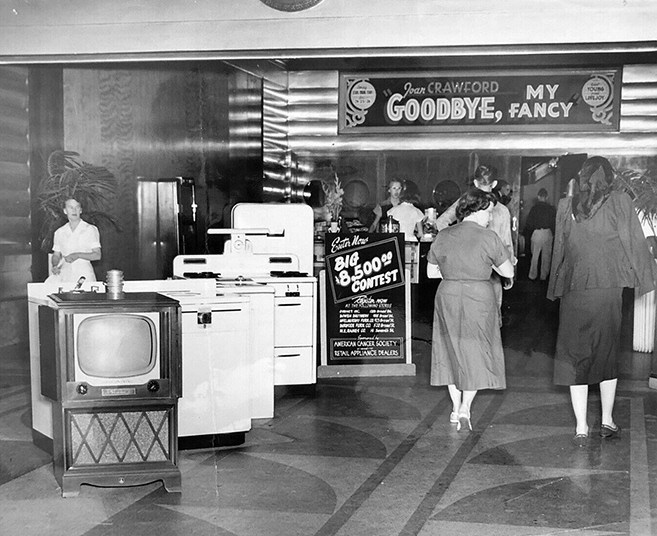 Stephanie Jones (February
2024) Stephanie Jones (February
2024)
Rating:
  -1/2 of 5 -1/2 of 5
By
Walt
Whitman
(from Leaves of Grass)
Good-bye my Fancy!
Farewell dear mate, dear love!
I'm going away, I know not where,
Or to what fortune, or whether I may ever see you again,
So Good-bye my Fancy.
Now for my last—let me look back a moment;
The slower fainter ticking of the clock is in me,
Exit, nightfall, and soon the heart-thud stopping.
Long have we lived, joy'd, caress'd together;
Delightful!—now separation—Good-bye my Fancy.
Yet let me not be too hasty,
Long indeed have we lived, slept, filter'd, become really blended
into one;
Then if we die we die together, (yes, we'll remain one,)
If we go anywhere we'll go together to meet what happens,
May-be we'll be better off and blither, and learn something,
May-be it is yourself now really ushering me to the true songs,
(who knows?)
May-be it is you the mortal knob really undoing, turning—so
now finally,
Good-bye—and hail! my Fancy.
The
above 1891 Whitman poem (written a year before his death) is
beautiful and heartbreaking---an ode to memory and lost youth and
undying love, and the vagaries of fate and life. Had this film only
even barely approached the complex sentiments in this poem, instead
of merely cadging a line from it for a title...
Joan's
"Agatha Reed" is a congresswoman who's been invited back
to her girls' college alma mater (Good Hope) to receive an
honorary degree and give a speech. As it turns out, Agatha was expelled
20 years ago for "staying out all night" with an unknown
man. The Board of Trustees Chair (Howard St. John as the blustery "Griswold")
thinks it's unwise to invite Agatha back, given her past, while
the current college President Merrill (Robert Young) convinces Griswold to
let her come, since Agatha is now a noted "columnist,
war correspondent, and author" as well as congresswoman.
Before
she leaves Washington for her school in Massachusetts, Agatha is confronted
by an old fling, a Life magazine photog (Frank Lovejoy
as "Matt Cole"), with whom she'd had an affair back in
Europe during WWII in their correspondent years. She'd stood
him up on the eve of the Paris liberation, and he's never gotten
over it...And now he's assigned to cover her alma mater return.
The
emotional prospects, at least, seem a bit dramatically promising
at this point... Who's the cad who kept her out all night 20 years
ago? And are "Matt and Agatha" another star-crossed wartime
duo like "Rick and Ilsa" of Casablanca? Once Agatha
arrives at Good Hope, there's another potentially intriguing plot
point apropos of an issue facing 1951 US academics (then under
real-life fire in Congress by McCarthy for Communist sympathies):
The Board of Trustees Chair is trying to fire a Physics professor
for espousing "academic freedom." Not "Communism,"
mind you, just "academic freedom" and "thinking"---that's
about as specific as the film gets. Though Agatha is revealed as
being firmly on the side of "thinking"! ("Good girl,"
signal the filmmakers.)
The
potentialities quickly come to naught. Spoiler Alert (look away!
look away!): The "cad" who corrupted young Agatha is Robert
Young, now the President of the school, who is portrayed as noble,
though a bit weak when it comes to confronting the Board. President
Merrill and Agatha speechify about noble love at each other,
embrace a few times, vow to marry this time around (since his first
wife is now conveniently dead). Which of course enrages the down-to-earth
War Correspondent Matt, who tries to remind Agatha of her Democratic
"thinking" ideals (which she apparently shared with him
during the war)---epitomized by a documentary (about "academic
freedom" and "thinking") that Agatha has brought
along with her to campus. The Board doesn't want her film shown;
but will President Merrill fight the Board?? Oh, he does and he
doesn't...
Everybody
and everything is so bland and uninspired here. What the President
Merrill character called for was an "Is he or isn't he"
possible cad who potentially might lose his job upon Agatha's
return and so is trying to cover all bases, including perhaps faking
love for the returned Agatha while trying to assuage the Board.
Young, however, is nothing but sweet and simple and noble the
entire time. What the War Correspondent character called for was
someone like Clark Gable---a non-political ruffian who'd once roused
Agatha's passions during the heat of wartime and was now dismayed
at her tame political and personal ambitions. The non-charismatic
Lovejoy ain't that man. And the so-called "political"
plot is equally tepid. We never even get a glimpse of the
allegedly "forbidden" documentary that Agatha has brought
along with her---again, all we hear about it is that it promotes
"thinking." (And why is a Physics professor in danger
of being fired? At first, I thought that I'd mis-heard and that
he was a "Civics" professor---which perhaps would account
for some "dangerous" political opinions... But a Physics
professor?)
Joan
herself is a bore here---and that's my personal "ultimate crime"
when it comes to Joan's performances. Usually, even in mediocre
films, she brings SOMETHING... Here, though, she's almost always
dull:
Primarily stone-faced in most scenes, even the romantic or allegedly amusing ones.
I
would have given Fancy only a "2" if it were not
for the character actors who help to somewhat enliven the goings-on.
Because the main characters (Joan, Young, Lovejoy, as well as director
Vincent Sherman---in the last of 3 Warners films he directed for
Joan) certainly don't contribute very much of interest. Kudos to
Eve Arnold (in her usual wise-cracking sidekick role, though not
so well-written here), Lurene Tuttle (ditzy former college roommate),
Howard St. John, Ellen Corby, and Viola Roache (the latter two last
seen the year before in 1950's Harriet Craig with Joan)
for the mildly humorous saving graces. Also mildly funny is the
flower-presentation scene for Agatha, with humorously stereotypical
representatives of the "Phys Ed" and "Dramatics"
departments. An extra half-star for these contributions that help
this faint-hearted film move along only slightly less sluggishly.
 Vincent
Estrada (November 2015) Vincent
Estrada (November 2015) Rating:
  - 1/2 of 5
- 1/2 of 5
Of all the
films in the Crawford filmography, her one 1951 cinematic effort is perhaps the
most curious. Nothing about this romantic triangle drama with a political
background is quite what you expect it to be.
Under the
banner of comedy, Warner Bros. released this film treatment of the 1948 stage
play with an equally curious cast headed by Crawford, Robert Young, and Frank
Lovejoy.
The plot of the
film concerns Congresswoman Crawford returning to the college she was expelled
from to receive an honorary degree from college president and former flame,
Robert Young. A brusque Life Magazine
photographer, Frank Lovejoy, who was jilted by Crawford five years before
reappears, further complicating the situation and completing the love triangle.
Crawford is no
stranger to cinematic love triangles. However, the undercurrent of this film is
purely political, with a liberal and intellectual slant. It has been written
that in real life Crawford was known not to discuss religion or politics. This
principle appears to carry over into her performance as Crawford is visibly
uneasy in her role and delivers an uneven yet dedicated performance.
When
approaching Goodbye, My Fancy, the
viewer should take into consideration the hysterical political climate
enveloping Hollywood in 1951. The threat of Communism had swept Washington and
molded politicians into towering pillars of pious liberty. Paranoia was rampant
and liberalism was an ideology considered akin to Communism.
Into this demonizing
arena steps Crawford, portraying a character that is challenging, persuasive,
and whose principles are not negotiable. The role is decidedly in step with
many of the women in the Crawford filmography, and in certain scenes Crawford
effectively captures the intensity and ruthlessness of a woman that will not
buckle at the first sign of difficulty.
Goodbye, My
Fancy, however, is a comedy, or advertised as such, and that is where the film
jackknifes. The film doesn’t know what it wants to be and does not
effervescently navigate from political drama to romantic comedy the way its
theatrical component apparently did.
In accepting
this assignment, Crawford was brave and evidently appeared to be shaping her
career into a new direction. It was a noble attempt and calculated career move
that is often missed by historians and audiences. Crawford, surprisingly, is
at her best in her comedic scenes with former college roommate Lurene Tuttle.
Both actresses have good chemistry, and their reunion scene is thoroughly
genuine and believable.
Crawford’s best
scene comes near the end of the film after a confrontation with Frank Lovejoy
on the college stadium steps. Her emotional upheaval and distress at abruptly
leaving the commencement activities and abandoning her speech because she
“would choke on every word” is exceptionally well played. This arresting scene,
opposite Robert Young, is the one highlight in an otherwise insipid film.
The film’s “glowing salute to youth” would have
been better executed had Warner Bros. cast the film with its contract stars
Jane Wyman and Jack Carson in the roles handed to Crawford and Frank Lovejoy. This
combination, together with the stately Robert Young, would have significantly
altered the appeal and direction of the film.
Crawford would
have been seen to better advantage had she accepted the spunky leading role in
Jerry Wald’s production of Storm Warning. Crawford was more than a match for
the Nazis in 1943’s Above Suspicion. The KKK would have realized much the
same had she agreed to star in Storm Warning.
 Ricoh
Vigen (June 2013) Ricoh
Vigen (June 2013)
Rating:
  - 1/2 of 5
- 1/2 of 5
Not the
stinker I thought it would be. It's alright but not something I pull
out to see over and over. Definitely more gripping than This Woman is
Dangerous from the same era but still somehow lacking. I have read
that censorship took some of the bite out of the story. Maybe. Joan
said she thought it would've been better for someone like Katharine
Hepburn and I have to agree. As a congresswoman Joan seems to have
all the right parts in all the right places, and the perfect diction
you'd expect, but still just not very believable.
 Michael
Lia (January 2010) Michael
Lia (January 2010) Rating:
  - 1/2 of 5
- 1/2 of 5
Going,
going, almost gone.
Goodbye to Miss Crawford’s Hollywood. Goodbye to
my Hollywood. The queen of the Warner Bros. lot (Miss Davis, the real
Queen, left in 1949) is in her second-to-last film for the studio and
the studio system. It was falling apart bit by bit or unraveling like
Miss Crawford’s knitting ball, and “Queen," when no longer a powerful position,
becomes an empty, vapid title. This is the real situation on hand here
with this film. Miss Crawford gallantly and with some trepidation
forges ahead like a buffalo looking for water. It is all about survival
at this point and maybe the luck of getting a good role worthy of her
expert talents. Thanks anyway, Jack.
The
fact that she is given a tried-and-true successful stage play starring the
beautiful Madeline Carroll should be considered a wonderful gesture on the part
of
Miss Crawford’s employers and maybe a vote of confidence, but the
prevailing winds of change (the public, and Television) are too strong
and unpredictable, even for moguls.
In
consideration and appeal to the success of Miss Crawford’s performance
and the film: The political times (similar to today) of 1951 and
Hollywood were unstable, and I do not think the director Vincent Sherman
wanted to “change” the world; he just had a job to do. He did think about how to get a performance out of Miss Crawford, and I’ll be damned if she doesn't
pull it off.
This
film is not on the top of my Crawford films or one I ever think about,
but once in a while I have to look at it. Most of the time I grin and
clench my teeth because it is a bad film. Not only because Joan may
have possibly been miscast, but when things got tuff in the script she
needed to (or I expected her to) grab her fur and a gun and take care
of the situation at hand -- even if it is political and concerns education
and civil liberties. Instead she had to talk. Miss Crawford has to
settle everything for everyone and herself and that can be boring.
Miss Crawford’s co-star from the 30s, Mr. Robert Young, is signed on,
and there are no sparks! Frank
Lovejoy (love him on TV) seems to have gotten on the set by mistake,
having just come from a B movie. (Where is Jack Carson)? Put it this
way: from Henry Fonda to Dana Andrews to these guys!? The writing is on
the wall at Warner’s. History is repeating itself: at the end of MGM,
Joan was getting Phillip Dorn and John Wayne. Up Next are Kent Smith and
David Brian (both nice guys) for the final descent.
The
end is really near, and Miss Crawford is preparing for a really big
change and not just her hair. From about 1948 to 1957, Miss Crawford’s
hair got shorter and shorter and she barely let it hang down for ten
years. I missed it; the Joan hair of the 40s was remarkable and severe
in the 50s. Miss Crawford still had a strong
impact in the 50s because even until the 90s I had some aunts and
neighbors who had or still maintained a Joan Crawford “look."
Her
gowns in this film by Sheila O’Brien seem a lot like pajamas, and my
guests laugh at them. The bare shoulder and one strap can bug me, but
except for the eyebrows, it is all part of the “change." Somehow her
face is still pretty to look at, if you can get beyond everything else.
Keeping
an audience coming to your films is a difficult job. In this film Miss
Crawford gets some help, but it is not enough; she is supported with two
holdovers from Harriet Craig: Viola Roache and Ellen Corby,
who are both wasted. But it was work that week, and they gave it the old college try.
Lurene Tuttle (Joan’s old college friend) was a nuisance, but that was her character.
She is married to Howard St. John (Born Yesterday), who plays his old stuffy self.
Miss Crawford should have cut his head off then and there instead of waiting for Strait Jacket in 1964!
Eve
Arden is appealing...and then she’s not; her hair got short, too, and she
looks like a lady I know who sells Budweiser at my bowling alley and
wears my uncle's eyeglasses. She should have fallen in love with Frank
Lovejoy, and Miss Crawford could have high-tailed it back to D.C. and
started a communist raid and a New Path for the Future of America
(especially for the Housewife).
Miss
Crawford’s scenes with Janice Rule deliver no “Veda” oomph, though Rule
is pretty and charming. We need a murder or a college raid to spice
things up; instead, all we get is a happy ending, and I do not see Miss
Crawford being a happy, contented congresswoman married to a Life
photographer. Do you?
 Jon
Denson (March 2008) Jon
Denson (March 2008) Although not a milestone in Joan Crawford's great film career,
Goodbye, My Fancy is passable entertainment and an intelligent plea
for freedom of speech and thought. In the role of congresswoman
Agatha Reed, who returns to her old college to collect an honorary
degree, Crawford is miscast and stern. Offset by a talented group
of actors, including always humorous Eve Arden and reliable leading
man Robert Young, Crawford struggles to find the light touch, necessary to bring charm to her portrayal. In spite of this,
Crawford acquits herself professionally to the role and brings star
sparkle to a film lacking in excitement. Photographed beautifully
throughout the film, and reteamed with Young for the first time
since her MGM days, she seems to be enjoying herself.
Goodbye, My Fancy begins as an airy comedy which comes off flat,
due to Vincent Sherman's static, stage-bound direction. When the
film takes a serious turn in its second half, and focuses on the
dangers of censorship and McCarthyism paranoia, it finds a reason
for being and improves somewhat. The daring message unfortunately
hinges on a phony love triangle (the chemistry between Crawford and
her two male co-stars never rings true), which erodes the impact.However, there are several dramatic scenes along the way in which
Crawford excels.
The love triangle includes magazine photographer Frank Lovejoy,
who is trying to win over Crawford by exposing Young (the college
president) as a weakling unable to stand up for what he believes.
Crawford still has a torch burning for Young from her college days,
when they had an affair, and resents Lovejoy's interference. Lovejoy's plan works when Crawford discovers flame Young is
unwilling to show her political film due to a disagreement with one
of the school's funders. She realizes Young is really a stranger to
her, willing to pander to the money people instead of standing up
for education, and not the man of courage and integrity she believed
he was. The realization prompts Crawford to reconsider the two men
in her life, and which one is ultimately the most genuine. She must
let go of her youthful romantic illusions about Young in order to
find the truth -- that he is afraid of the same freedom that she, as
a congresswoman, is working to protect.
Along with its potent message concerning free speech, Goodbye,
My Fancy provides an interesting glimpse of backdoor political
dealings. In one scene, Crawford counters Young's insistence on not
showing her controversial film with a threat of blackmail. The scene is effectively played out, and achieves just the right note of
urgency in regard to Agatha's passionate beliefs about free speech.
When Young is shocked at her reaction, Crawford replies, "You learn
all kinds of cute tricks in my profession, including never to play
fair unless you respect the man you're dealing with." Over fifty
years later, it still seems an incisive comment on political games.
Regardless of its shortcomings, Goodbye, My Fancy is solid, and
certainly worth a look. As a Crawford vehicle, it is not ideal, but
does allow its star to develop another fully-realized characterization of an emancipated and independent woman, in an era
when women too often lost sight of their own beliefs in order to
please men. It is well-plotted, but also stale and dry enough in its
execution to be slightly underwhelming. The underwhelming quality
of the film is, unfortunately, what has caused it to be relegated to
a long list of forgotten, undiscovered classics.
|
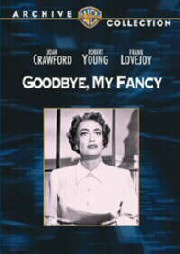 Warner Brothers. 107 minutes.
Warner Brothers. 107 minutes.

 Ricoh
Vigen (June 2013)
Ricoh
Vigen (June 2013)


